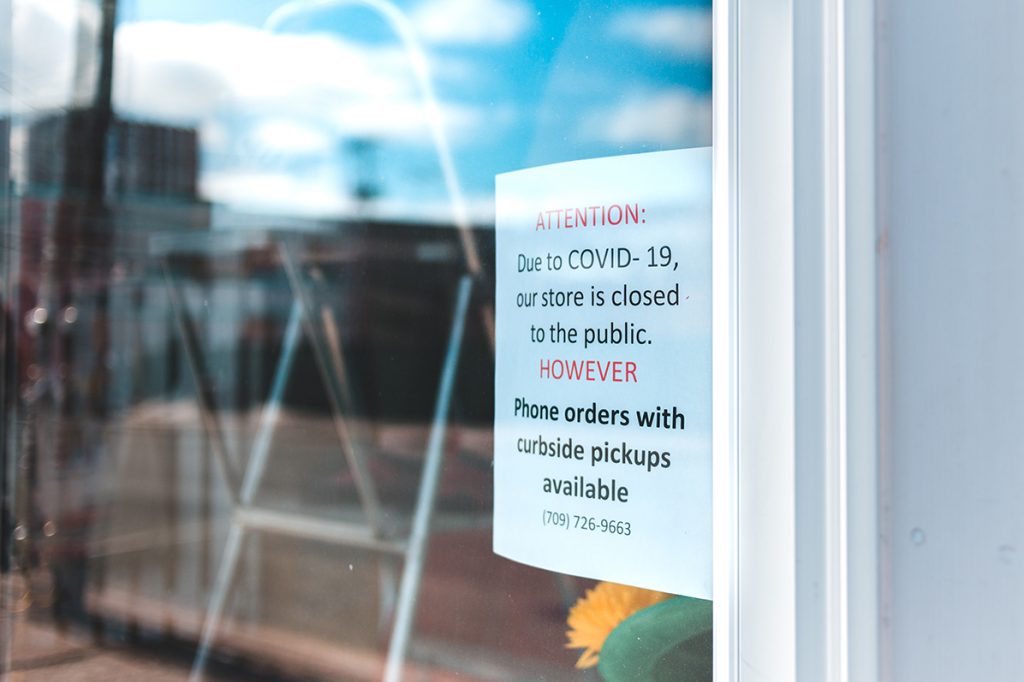A company website often serves as the initial contact between the business and its potential customers. These websites offer businesses an opportunity to connect with customers, generate positive leads, and streamline their customer service operations. By paying attention to several key website components, a business can maximize the potential of its website.
1. Improve Accessibility For All Devices
Today’s web surfers use a variety of devices to access the Internet. Some users, for example, enjoy browsing the Internet on their smartphones while they watch television or commute to work. Failing to provide features that improve the experiences of these mobile users can significantly reduce the effectiveness of a business website, potentially resulting in the loss of customers.
Responsive web design offers an easy solution to this problem. With a responsive design, developers do not need to create an endless number of designs to work with every possible device. Through the use of flexible images and coding, responsive web designs can immediately adapt a website to a user’s browser and device. A smartphone user will see a smaller version of the same design as someone using a laptop.
Many websites, however, benefit from the inclusion of a dedicated mobile design. These types of designs are constructed with the smaller screens of smartphones and tablets in mind. Mobile designs are light in images and other media, allowing smartphone users to access the content that they need without tripping over bloated images and multiple embedded videos.
2. Boost the Speed of the Website
Few people have the patience to wait for a slow website to load. Common web design elements that can slow down loading times include animated advertisements and large images. Old or obsolete website coding can force browsers to waste time loading unnecessary information. Running a number of scripts in the background can also significantly increase the loading time of a website.
Companies must regularly clean up their websites to improve the experience of each individual user. As part of their regular maintenance, webmasters should remove unnecessary or broken website elements. A simpler website will allow visitors to quickly find what they need from a company’s website and may encourage visitors to stay on a company’s website longer.
3. Make Contact Details Clear
Busy web users don’t want to hunt through an entire website to find the phone number for a company’s customer service department. Contact details should be placed in obvious places throughout the company’s website. In addition to displaying the company’s phone number, this contact information should also include a mailing address and a list of the business operating hours. Keeping these details in a box with stand-out and relevant icons is a good way to draw attention. Placing this box in or around the footer of each page of the website will also help visitors who arrive on a sub-page of the website without seeing the main, or contact, page first. In addition, larger companies should provide contact information for several different divisions, such as customer service, marketing or logistics if they are relevant to needs of their customers.
4. Add Useful and Relevant Information
Business owners can make their websites more useful by offering information that is relevant to its likely visitors and potential customers. For example, a business that sells soap-making supplies could also include information about making soap, such as the history of soap or a basic soap recipe. If the website uses a blog script to share these articles, users can leave comments and interact directly with the owner of the website, making it a more personalized and usable experience. High-quality articles can also help websites to rank prominently with search engines, draw in more visitors, help the business grow and demonstrate their knowledge and expertise.
5. Simplified Navigation
A website’s navigation bar is the map of the site; without a clear menu, visitors may struggle to find the information that they need. Frustrated visitors will abandon an unhelpful website, even if they were initially interested in the business. Inexperienced web designers often include too many links in the main menu, cluttering the website’s interface. Designers may also fail to provide a clear structure for the main menu, burying important pages behind obscure headings. Designers can avoid some of the most common navigation problems by remembering to include a site map, allowing users to clearly identify and locate the pages that they need.
Digital Pacific provides a range of affordable business web hosting plans that will ensure your company has an online presence with a maximum level of reliability and availability.









